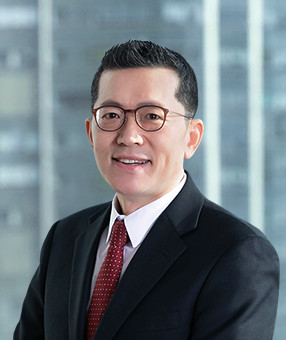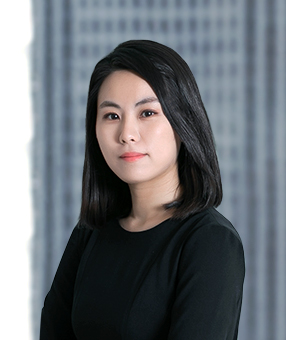In an unusual case, the Korean Supreme Court recently determined that there was infringement of a Korean patent claim on a medical device even though the components of the device were manufactured by different parties and exported unassembled to a foreign hospital, where the device was finally assembled (Supreme Court Decision No. 2019 Da 222782, 222799 (Merged) rendered on October 17, 2019).
The patent claim at issue related to a device for inserting and fixing a medical thread into a patient during cosmetic surgery. The components of the device were manufactured by several parties in Korea, but were exported by one of the defendants without being completely assembled to a hospital located overseas, where the components were assembled into the final device. All of the parties involved in manufacturing and supplying the device were named as defendants in the case.
The Patent Court (intermediate appeal court) held that none of the defendants committed direct infringement of the claim at issue, mainly on the territorial principle that because the final device was not assembled in Korea, there was no single device that contained all of the features of the patent claim prior to exportation, and no way to practice one feature of the invention in Korea before final assembly.
However, the Supreme Court held that regardless of the general territorial character of patents, infringement of a Korean patent may still be found if all of the following requirements are met, under the interpretation that such activities would essentially constitute domestic production of a product working the patented invention:
① All components for the working of the patented invention were produced in Korea, or a semi-finished product including all major components was produced in Korea;
② The semi-finished products are intended for export to a single entity for final processing and assembly; and
③ Final processing and assembly is trivial or simple such that the mere production of the components or semi-finished product essentially amounts to producing the invention.
Applying this test, the Supreme Court held that the defendants in this case were infringing the asserted patent because (1) the defendants produced in Korea all the components needed to work the invention, (2) the individual products were intended from the beginning to be used in the same procedure at a single foreign hospital, and (3) it would have been obvious to a person of ordinary skill in the art how to practice the one feature the Patent Court determined could not actually be practiced in Korea.
The Supreme Court's reasoning seems to substantially expand the scope of Korean patent rights, by making it more difficult to intentionally avoid infringement simply by moving one or more non-critical steps or features of the invention outside of Korea. It remains to be seen how broadly this principle will be applied by Korean courts, but patentees should take note of the additional possibilities for enforcement raised by the Supreme Court's decision.
Related Topics






